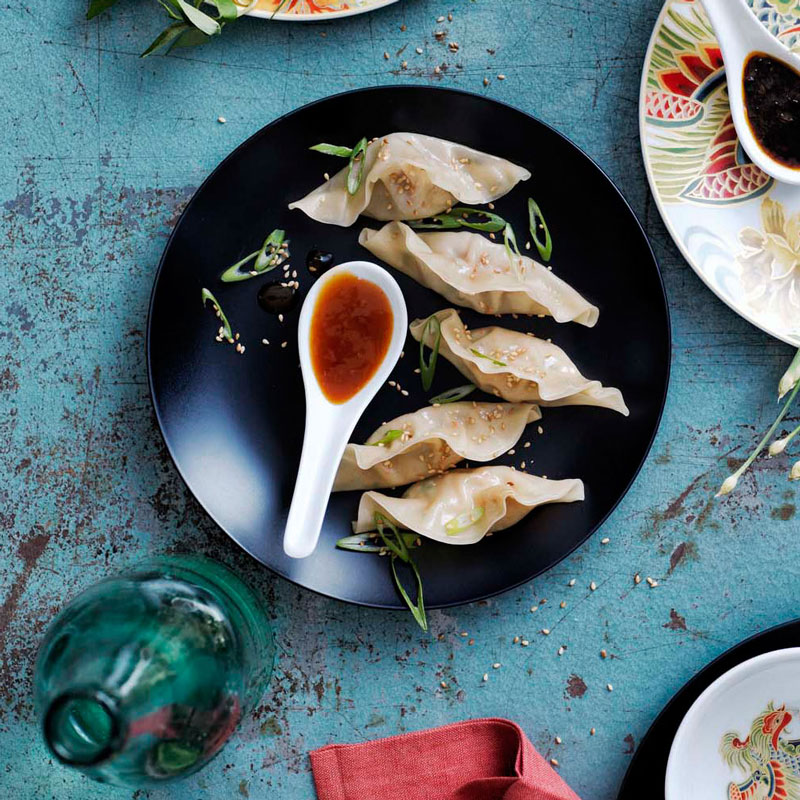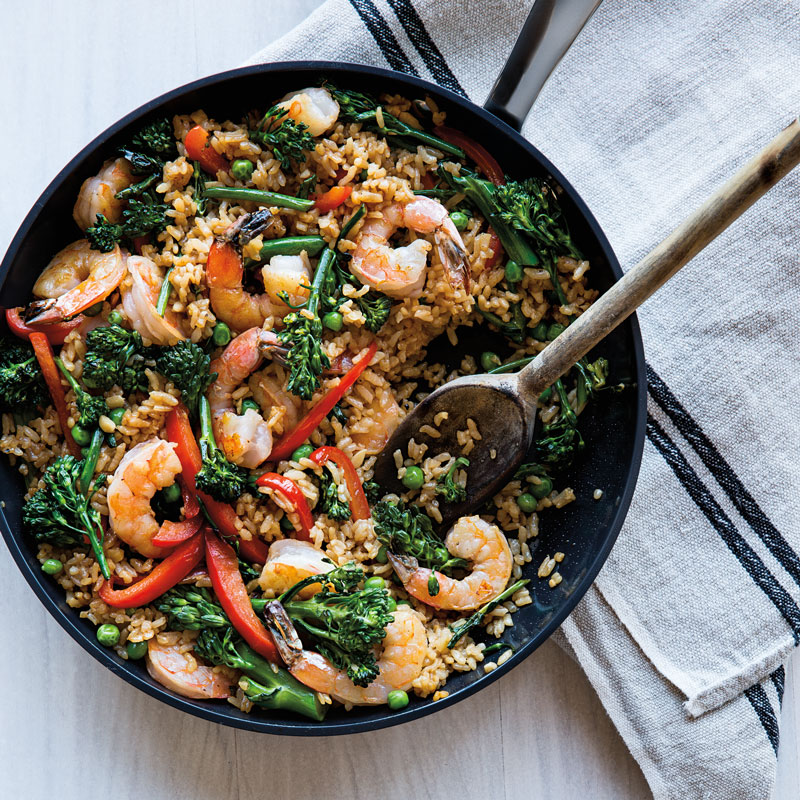The history of Chinatown, USA is a complicated one.
America’s very first “Chinatown” got its name in 1853, but waves of immigrants had begun to depart their native China as early as the mid-1940’s. Fleeing natural catastrophes in the wake of the first Opium War that resulted in poverty, famine and uprisings, Chinese began to consider Gum San, or “Golden Mountain”: America.
America’s First Chinatown
San Francisco’s Portsmouth Square became the site of America’s first Chinatown. Chinese pharmacies and herbalists, produce vendors and laundries gathered close to downtown. It became a center for recreation and festivities among immigrants and tourists alike.
In 1906, a huge earthquake hit San Francisco. Chinatown was leveled, and City Hall destroyed. Incredibly, although their primary community had been demolished, Chinese immigrants were able to claim citizenship because their records had gone up in smoke. They sent for their families, rebuilt Chinatown, and there it stands.
In 1943, President Roosevelt repealed the Chinese Exclusion Act. That, plus a loosening of immigration restrictions in 1965, led to people coming to America from all over China.
Chinatown, USA and Food
One of the most visible—and earliest—stamps of Chinese cultural contributions in the States was food. The first known reference of “chop suey” in Boston dates to 1879 and “chop suey houses” became a popular date activity in the early 20th century.
By the 1950s and 1960s, “going for Chinese” was “a thing,” particularly in metropolitan areas. Today, some sources say there is a Chinese restaurant or two in nearly every American town. Chinatowns themselves, some 50 or so across America, provide a cultural touchstone in some communities and a hot tourist destination in others. New York City boasts the largest Chinatowns—including robust ones in Flushing, Queens, Sunset Park, Brooklyn, and downtown Manhattan—and the largest Chinese population of any city outside of Asia.
The Chinese immigrant diaspora also includes people from all over China, which for an avid foodie is a huge boon. Diners can find popular Cantonese Szechuan dishes, but also those tracing to Xi’an, Dongbei, and lesser-known towns, cities and provinces.
Chinatown Today
Americans are slowly adjusting to the pleasures of authentic regional Chinese cooking along with Chinese-American staples like General Tso’s chicken. In San Francisco, native Brandon Jew cooks the Cantonese cuisine he grew up eating. He gives it a seasonal California bent reflected in his training at famous restaurants like Zuni Café. (Pro tip: Check out his sauces here.) So as Lunar New Year gets underway on February 5, 2019, consider supporting the Chinatown or Chinese restaurant near you.



2 comments
This is online card game,basically player remove the card with friends,that is very simple process game free klondike solitaire now get the simple trick and way to find the play,this is right time to collected the earn and coins or more free offers.
[…] The history of Chinatown, USA is a complicated one. America?s very first ?Chinatown? got its name in 1853, but waves of immigrants had … read more The post The Story Behind Chinatown, USA appeared first on Williams-Sonoma Taste .source… […]